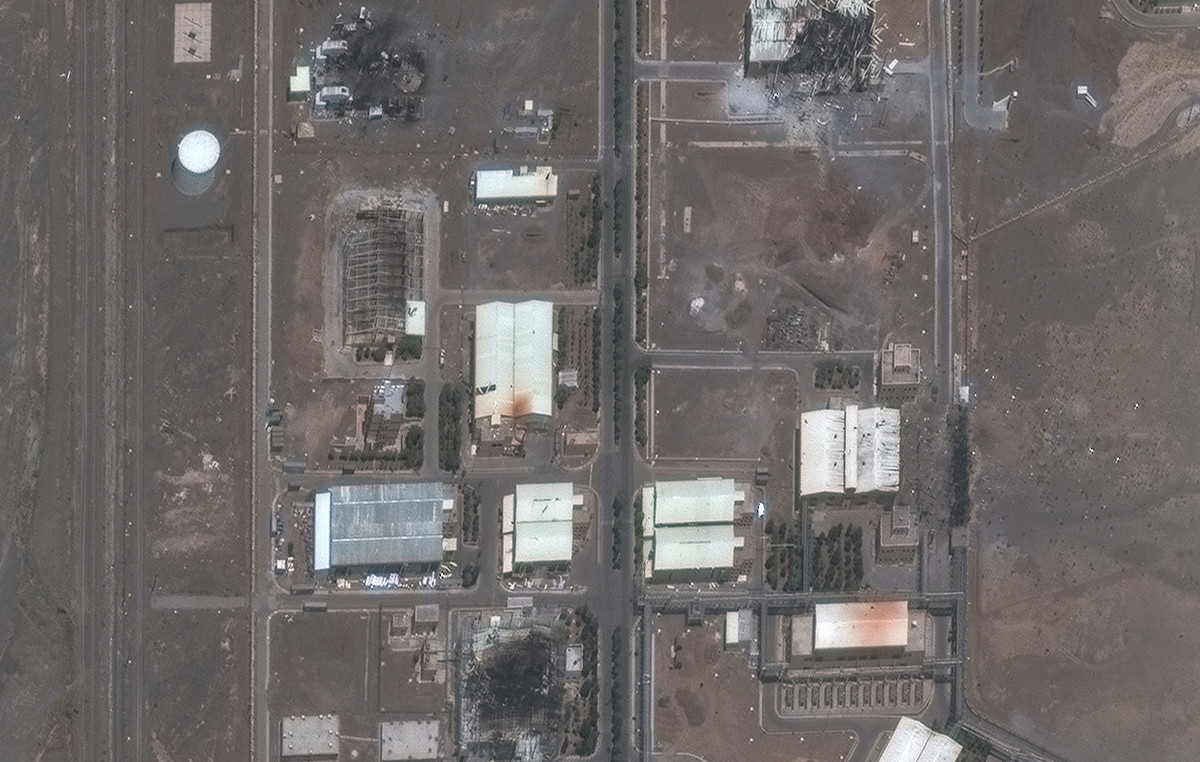If you’ve heard a sonic boom recently, you probably remember it. The loud, explosion-like boom – caused by a plane flying faster than the speed of sound – can be startling and even break windows.
The sonic booms are part of the reason there are no supersonic passenger planes flying today and one of the limiting factors in the success of Concorde, which last flew in 2003.
The supersonic plane was restricted to subsonic speeds when flying over land or close to shore, and current international regulations still limit commercial land transport speeds below Mach 1, or the speed of sound, to avoid disturbing sonic booms. over inhabited areas.
Now, NASA is working to change those regulations, turning the boom into a “thud”, paving the way for a new generation of quieter supersonic aircraft. The agency is doing this through a program called Quest – for “Quiet SuperSonic Technology” – which is the result of decades of research and is centered on a new aircraft called the X-59.
distant thunder
The X-59 is the latest in a series of experimental aircraft that include the X-1, which in 1947 became the first manned aircraft to exceed the speed of sound, and the X-15, which still holds the record for most fastest ever. manned flight, established in 1967 at Mach 6.7.
Designed and built by Lockheed Martin in Palmdale, California under a $247.5 million contract from NASA, the X-59 is currently undergoing ground tests in anticipation of a first flight in late 2022.
“It will be significantly quieter than the Concorde or any other supersonic aircraft that exist today,” says Craig Nickol, project manager for NASA’s Quest program. “It is extremely long and thin: it is nearly 30.5 meters long, but has a wingspan of only about 29 feet. The nose is a distinguishing feature on this aircraft: it is about a third of the length.”
The sleek shape plays a key role in making the aircraft much quieter when traveling supersonic.
But how does a sonic boom happen? When an aircraft travels at subsonic speeds, the sound waves it normally creates can travel in all directions; at supersonic speeds, however, the aircraft will leave its own sound behind and the sound waves will compress and coalesce into a single shock wave that originates in the nose and ends in the tail.
When this highly compressed shock wave encounters a human ear, it produces a loud bang, which does not occur when the plane breaks the sound barrier, but is a continuous effect that can be heard by anyone in a cone-shaped area below. of the plane. as long as it exceeds the speed of sound.
The shape of the X-59 is designed to prevent shock waves from coming together. Instead, they spread out, with the help of strategically placed aerodynamic surfaces. The lone engine is also at the top rather than the bottom of the plane to maintain a smooth bottom profile that prevents shock waves from hitting the ground.
As a result, NASA believes the X-59 will only produce 75 decibels of sound when traveling at supersonic speeds, compared to the Concorde’s 105 decibels.
“What that means is that this aircraft can sound like distant thunder on the horizon, or like someone closing a car door on the corner,” says Nickol. “It may even be that people don’t hear the boom, and if they do, they certainly won’t be scared, because it will be low and spread out, not that loud.”
changing regulations
The crucial part of the program will begin in 2024, when a series of test flights will be carried out in half a dozen residential communities across the US, selected to offer a diverse mix of geographic and atmospheric conditions: “This will be a fun part of the project, because we will interact with the public and generate a bit of citizen science”, says Nickol.
The plan is reminiscent of an experiment carried out by the Federal Aviation Administration (FAA) in 1964, when supersonic fighter jets repeatedly flew over Oklahoma City to test the impact of sonic booms on the public.
It didn’t go well, with up to 20% of people opposing the barriers and 4% filing complaints and damage claims. “We don’t want to repeat that, of course, that’s why we’re going to test this aircraft at a restricted range first, measuring all the cranes,” says Nickol. “Only when we are satisfied with the performance will we go out into the communities and still carefully control the level of sonic booms.”
Once the X-59 flies over selected areas, NASA will engage with communities on the ground to assess their noise response.
The aim is to confirm the theory that a 75-decibel boom will be acceptable.
The data thus collected will later be presented to the International Civil Aviation Organization (ICAO), responsible for regulating aircraft noise, to persuade it to update it at an international meeting scheduled for 2028.
a new generation
NASA believes that a change in regulations would open the skies to a new generation of supersonic aircraft, allowed to fly over routes that are not allowed now, such as New York to Los Angeles, and cut flight time by roughly half.
We do not know, however, what these aircraft will look like and who will build them, because the X-59 is not a prototype, but just a technology demonstrator.
“Any future design of a low-boom commercial aircraft for supersonic flight will certainly differ from this, although some of the design elements could translate directly,” says Nickol, pointing to the extended nose, some of the flight control systems and the The X-59’s unique outside view window, which provides the pilot with high-definition screens showing what’s ahead, in the absence of an actual forward-facing window due to the aircraft’s aerodynamic nose.
Several companies are developing supersonic passenger aircraft and plan to fly them within a decade or less, including Hermeus, Boom and Spike. However, it is doubtful that any of them will be able to take advantage of the findings of the Quest program, which will likely inform the next generation of supersonic aircraft.
Nickol believes that these aircraft, with the ability to fly anywhere, would democratize supersonic travel, making a stark difference to the Concorde’s luxury status: “If you look back 100 years, many of the advanced mobility technologies, including railroads and airplanes, started out as premium experiences, but as technology advanced and costs went down, they became available to the general public,” he says.
“One of the long-term goals is to make this form of high-speed travel available as a widespread application, and there’s really no reason why that shouldn’t happen.”
Source: CNN Brasil
I’m James Harper, a highly experienced and accomplished news writer for World Stock Market. I have been writing in the Politics section of the website for over five years, providing readers with up-to-date and insightful information about current events in politics. My work is widely read and respected by many industry professionals as well as laymen.







